Middling Earth.
Daedalic Entertainment may not be a name you recognize, but chances are you’ve seen one of their games on digital storefronts before. While I personally know the studio for their 2015 release in Blackguards 2, others may know them for State of Mind, Deponia, or the Dark Eye series. Knowing their past catalog, it’s safe to say that Daedalic is a team known for building small enjoyable indie hits. So, when it was announced that they were set to craft an AAA-priced experience within the Lord of the Rings license, especially one centered around the unlikable Gollum, it felt like an impossible task and one destined to be thrown into the fires of Mount Doom.
Going into Gollum, especially after receiving my code for it after initial reviews dropped, I largely knew what to expect the moment the game was installed. However, despite hearing about the less-than-favorable reception, I nonetheless pushed through the entire experience, seeing every last minute of this game whether I wanted to or not. Now, I’ve played broken games before, but Gollum nearly broke me due to its constant crashing, progression glitches at every turn, and simply due to how unwieldy Gollum controls, consistently getting me killed for all the wrong reasons. To say Gollum is a frustrating experience is almost underselling it.
Throughout the roughly 15 hours spent with the title, it felt like something I endured more so than experienced. Progression-blocking glitches occurred constantly, several of which forced me to restart entire levels multiple times in the hope that another trek through them would somehow right the ship. Sometimes reloading a checkpoint would fix my issue, but that was rarely the case. A later chapter, for example, had me restart it four separate times before a character finally opened a door for me to progress through.
After that, there was a cutscene that nearly broke the game yet again, where once the cutscene ended, Gollum wouldn’t move. I could throw a rock, but Gollum simply was stuck in his place. I must have restarted the checkpoint nearly twenty times before I groaned in frustration and squeezed the controller in my hands, feeling the buttons press hard into my palm. And then out of nowhere, the game flashed, set me on top of the platform I was previously on, and the game continued. I was baffled by how my frustrated grip on the controller somehow solved it. I didn’t ask questions, I simply got out of that room as quickly as I could. Would that be the last glitch I would experience? Of course not.
While I still had to restart some levels entirely over, the game features a chapter select system where you can choose starting points within that chapter. I found this out by accident during my time in the game’s final level. I had started that chapter over twice already due to a certain object not dropping for me to open a puzzle door that was a ways into the chapter. Upon loading it up for another go, I saw an arrow to the side of the chapter selection, something I had not noticed before. This then allowed me to start just ahead of that door instead of doing the whole thing again. And thankfully, the item dropped and I was able to continue. Had the chapter select system been better designed, then I likely would have noticed this helpful addition.
Had the game not featured a chapter select system at all, let alone one with selectable loading zones, then it’s hard to say if I even would have stuck with it. Replaying an hour or so is an annoyance for sure, but if I had to completely start the entire adventure over, well, that likely would have seen me drop the game altogether. These examples are just a drop in the bucket to numerous times an NPC or event wouldn’t trigger a switch or door or something else meant for me to continue, regardless of reloading the checkpoint or restarting the game. Every time my progress was tied to such a character or moment, I sighed, groaned, and hoped it wouldn’t screw me over yet again.
Daedalic Entertainment recently issued out a tweet that illustrated their apologetic failings with the game. They mention they are doing what they can to address certain issues with it and while that is a noble gesture, the first impression that Gollum has made is something that is going to haunt the game going forward, regardless if and when its glitches and technical blemishes are addressed. As someone who has played the game from start to finish, these technical annoyances are only a few of the game’s core problems. Again, it’s a noble effort, but one I feel won’t change the reputation and discussion around it. While some games have had substantial redemption stories, the foundation of many of those games were good enough to be redeemed, I simply don’t see that same quality in Gollum, unfortunately.
The Lord of the Rings: Gollum is a stealth platformer that borrows its most basic elements from numerous games during the PS2 era. Its story details how Gollum escaped the clutches of Morder and Mirkwood as he continues to track down the whereabouts of his long-lost "precious". It details a moment in the lore that is largely shrouded in darkness, albeit knowing that the unlikable Smeagol was tortured for information at Barad-Dur regarding the location of the one ring. If you recall the moment in the film or books of Gollum screaming "Shire! Baggins!!" Well, this is the basis for where the game takes over.
To tell the story of Gollum imprisoned within the walls of Barad-Dur, he is questioned by Gandalf within the safe halls of an Elvish city within Mirkwood, even if he is often only referred to as simply, "Wizard". It's here where Gandalf interrogates him to discover what Gollum, or Smeagol for that matter, had told Sauron during the years of torture. Eventually, the story reaches its present day and you’ll then continue the story of Gollum desperately trying to leave both Morder and Mirkwood behind.
Across the game's 10 chapters, you'll spend most of it within both of these locations and some of their surrounding areas. While Barad-Dur is the true prison here, Mirkwood can often feel similar in that Gollum is still kept on a tight leash for large portions of his time there, even if he is allowed to simply roam the city and its surroundings. And while you’ll be given that freedom a few times, you’ll eventually explore a bit too far and get caught in your act to escape, returning you back to the city and kept under watch.
Both locations are filled with menial and mundane tasks, objectives, fetch quests, pointless collectibles, and bland and uninspired platforming and stealth sections that feel as if they were pulled from games that first originated those mechanics. In addition, you’ll solve a series of environmental puzzles that range from aligning a series of gems to open a door, solving a mystery within the woods of how to break a spell, to pulling switches that raise or lower the water level while attempting to traverse the area for said switches. In terms of gameplay, LotR: Gollum brings nothing new to the table and barely feels competent in what it is inspired from.
Gollum’s two biggest gameplay elements are its stealth mechanics and its platforming, both of which feel dated and extremely minimalistic. Stealth is as basic as hiding in bushes or in the dark, making you invisible to anyone, regardless of how close they are. Sadly, Daedalic doesn’t do anything to add tension to these moments and causes so much of it to feel like trial and error with AI that is often beyond broken. To aid in stealth, you’ll have what the game calls “Gollum Vision” and yes, Gollum essentially has Detective Vision that allows him to see where enemies are at all times, helping you move from patch of grass to patch of grass. While it is also meant to show a preferred path to take, it rarely worked for me and often had me going in circles.
Platforming is where Gollum could have redeemed itself, but poor controls simply ruin so much of what is here. Gollum can climb up specific walls and wall-run or leap up and over gaps. Now, one thing that I want to mention is that I love the moving branches when you climb up walls littered with them. Seeing them bounce and shake as you move through them is a nice touch and is a real standout here. However, the way Gollum moves, his locomotion, the way he jumps, and the distance he can jump can often make platforming, or even moving for that matter, an unpredictable and janky mess.
If while shimmying across a ledge you are meant to jump backward off to a neighboring platform, the game will note a prompt when it is safe to do so. The biggest issue is that while you can move the camera to make sure there is actually something behind you to grab onto, Gollum will more often than not miss what you are aiming for and fall to his death. This is the same when trying to line up what should be an easy jump. The unpredictable nature of how far and fast Gollum will jump just doesn’t feel intentional or deliberate, thus making even the easiest jump to be wildly inconsistent. It’s almost as if the animation team and the level design team never once communicated with one another. And to add even more frustration, I had numerous climbs that caused the camera to turn upside down for some bizarre reason. Hell, there was one platform that I simply jumped up to, and then suddenly the game told me that Gollum was dead yet he was there hanging on a ledge, alive as he could ever be.
Most platforms that allow you to climb will be painted a certain color, usually an off-yellow to a light brown ridge, indicating that Gollum can climb or shimmy alongside it. However, this isn’t consistent throughout the game and the contrast in colors and lighting between Mordor and Mirkwood was so drastic that I had to change my TV’s brightness and color settings so that I could even see the ridge lines in the dark forest. While the game has settings of its own, largely gamma correction and HDR, any single time I even glanced at the HDR settings in the menu, it caused the game to crash. I’ll point out that all my screenshots are either slightly washed out due to this, but the alternative was using the poor color-correct alternatives which is what I was stuck with playing due to the settings not allowing me to change them.
This caused a lot of confusion about what I could grab onto or even reach. Gollum’s jumping range is oddly far; however, as mentioned, levels don’t always seem designed around it. I could never tell if that ridge up ahead was reachable or something I had to build up to from another platform. Then you have platforms that are far too close and Gollum will just overjump them even if you are trying to play it safe. Gollum had some momentum and agility in the films, but here it’s like he’s a frog on steroids.
Some jumps that are almost too far away had Gollum mysteriously hover up to them, despite clearly missing them. It was like the game was compensating or missing animations and would pull him to the ledge as a way to make good to the player. Then there were moments where Gollum wouldn’t even move on the ridge lines you shimmy across, almost as if he was stuck. This happened a lot, often having to have me jump up and re-grip the wall. Honestly, the platforming is so inconsistent and twitchy that I often just jumped wherever I wanted and let my deaths become trial and error at that point.
The platforming is then affected as well by Gollum’s erratic movement. He has a wiggle to him that often had me falling off narrow platforms, especially in tight areas where you are forced to play in first person as you navigate tight cave paths. There were plenty of areas where you simply lack the viewpoint as you leave those areas and then have to contend with Gollum’s slippery forward movement on a suddenly narrow ledge. It’s a shame that the platforming is what it is since some of my major gripes with this game could have been less annoying if the game was just fun to play.
While Gollum doesn't feature any sort of combat, you do have the ability to choke out certain orcs. It’s not an act you’ll do that often and you can only perform this attack on those who lack helmets, regardless of Gollum killing an orc later on that is wearing such a helmet. Most of the orcs that you can kill are in clearly scripted moments or the few that are patrolling in pretty empty areas, giving you ample opportunity to do so. It’s a shame that Gollum didn’t have additional ways to deal with orcs via the rocks he picks up. Had throwing them at lanterns caused them to explode or even throwing them at hanging coals or other ways to burn or traps that remove orcs from play, then the game’s stealth and light-combat systems could have had an additional depth to make the gameplay more engaging.
While stealth and platforming were mechanics that I was aware of when trailers and gameplay were shown off, I wasn’t expecting a companion system to be part of what this game offered. At two points in the first half of the game, you’ll be given both a bird and a human slave to command. The bird is one that you’ll hatch yourself with the baby chick imprinting on you as you become this father figure to it. While the bird has other uses later on, it is here where you learn how to send them to snatch items that you cannot reach on your own.
However, this is where this system is both at odds with what you’d expect out of a Gollum game and also where the system is simply pointless in what it wants from you. After you learn how to have the companion do what you want, there is a single moment later on where you command the bird to grab a set of keys for you. After which, you’ll start to plan your escape, being made aware that a bell must be rung for the gates to move. This is where the bird comes into play. However, during this moment, the entire request of sending the bird to ring that bell is done via a cutscene, all without you doing a thing. Why have this system in place if you don't want me to use it when it's most critical?
Shortly after obtaining the bird, you’ll have Grashneg, a spice trader who becomes your cellmate and has about as many brains as he has spices on hand. The method to control him is the same as the bird and you’ll have a few moments to get the hang of sending him around. The problem is both the bird, Grashneg, and the companion system really have no need to be here. This whole system feels pointless and is barely used apart from a small handful of sections as you escape. In fact, once you do escape, I cannot think of a single time it was used again.
Your time in Barad-Dur is where the game sets up the main antagonist, a follower of Sauron called the Candleman. In fact, the first time you meet him he is tending to his candles, you know, in case you needed to know why he is called that. The use of this character is simply to give the game a villain, someone to give the story a bit of tension. However, given we know the fate of Gollum, not to mention the game not having a single compelling character to root for, his footprint as a villain here feels largely invisible and utterly meaningless.
While Gollum is the primary protagonist, he shares his mind with the more innocent and passive Smeagol. This back-and-forth is present in the game's narrative and is the essential core of the character. This allows for several moments where you can reply to comments made by other characters as either of his personalities allowing for a full Gollum or Smeagol run, should you ever want to play the game a second time. The game goes even further by having a dialogue system between both Gollum and Smeagol, where you'll choose certain responses to convince the other one of a certain path to take. Apart from the incredibly poor choices of fonts present in this mechanic, it never feels like you are putting together compelling arguments to secure your chosen path. Often, you are simply repeating the same intent and rolling the dice on the outcome. It's a system that I can see the reasoning behind its inclusion, but its execution here is severely lacking.
Another weird choice in regards to an aspect of the game’s design is making choices within the dialogue as seen above. Often, you’ll have multiple ways to handle a reply, but those choices are always presented with the same button. You’ll have to point the analog stick towards a choice, which are all labeled with the A button and wait to see a flicker of the font attached to that choice. Why this was approved is beyond me and I often made the wrong choices assuming I had chosen another.
Wayne Forester of Xenoblade Chronicles fame (Riki) voices Gollum, who does a fairly decent job, even if he is simply doing his best Andy Serkis. Given the cultural impact of what Serkis brought to the role, I'm not surprised at why the team chose to stick with what works instead of going an entirely different and original way and disappointing fans of the character. While the vocal work here by Forester is extremely satisfactory, the model for Gollum is not, or rather, the often blurry face of Gollum. Gollum's stare is disturbing, often due to moments where the character won't blink or the lifeless eyes that will haunt your nightmares. The facial work for any character in this game could be better and feels like something out of a launch PS3 game at best.
Given the relatively small size of the team, especially when compared to most AAA studios, I wasn't expecting Gollum to wow me visually. While some of the views do feature some fairly impressive backgrounds, nearly everything at the forefront is bland, blurry, and disappointing, especially with the game being priced alongside its AAA contemporaries. Had Gollum been a budget title then I'd be far more forgiving, but when you are charging $60USD for your base edition and $70USD for the digital deluxe, then your title is going to be judged at that price point whether it deserves it or not.
This deluxe edition dubbed the "Precious Edition" comes with a digital artbook featuring more than 100 sketches and additional behind-the-scenes artwork as well as a digital soundtrack of the game. You also get a lore compendium that is something most games just rightfully include as well as a few emotes of Gollum trying to capture a beetle for some reason. Despite having this edition, I never used the emotes apart from trying them out a single time. However, the most bizarre of this edition's offerings is being able to hear Elves speak in their native language. When Tolkien created the Lord of the Rings, he created a whole language for the Elves; Sindarin. To hear Elves speak this tongue, you need to pay for this extra content pack. It's a bizarre upgrade that denies a pretty lore-accurate way of showing these characters, especially to those who are huge fans of the property. I understand the artbook, soundtrack, and possibly even the emotes, but a lore compendium and dialect? That feels greedy.
Much like the titular Gollum, I desperately looked for a glimmer in this shallow pond to provide me something to cherish; alas, I found nothing. I had hoped that somewhere within its roughly 12 hours that something, anything, would leave some positive mark on me, even a tiny feature or moment to give the game some element of praise. However, with a very passable story, basic and unrewarding platforming, and stealth systems, not to mention a whole host of technical issues and progression glitches, you have a game that is poorly designed and simply disappointing. Much like its titular character, this adventure is unfortunate, miserable, and altogether unlikeable.
Developer - Daedalic Entertainment GmbH, Daedalic Entertainment. Publisher - Daedalic Entertainment GmbH, Daedalic Entertainment, Nacon. Released - May 25th, 2023. Available On - Xbox One, Series X/S, PS4/PS5, PC. Switch (Fall 2023) Rated - (T) Mild Blood, Mild Language, Violence. Platform Reviewed - Xbox Series X. Review Access - A review code was provided by the publisher for the purpose of this review.


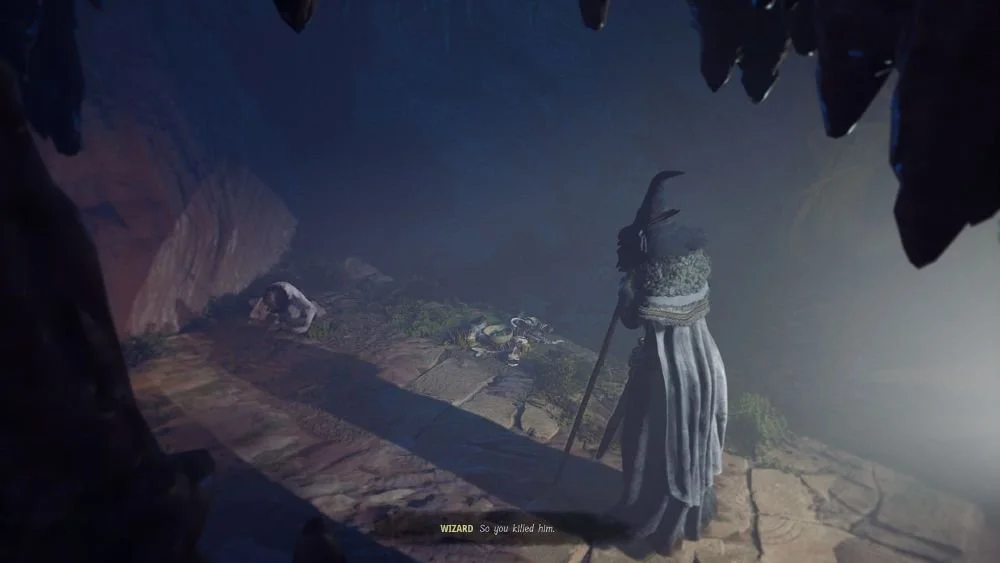

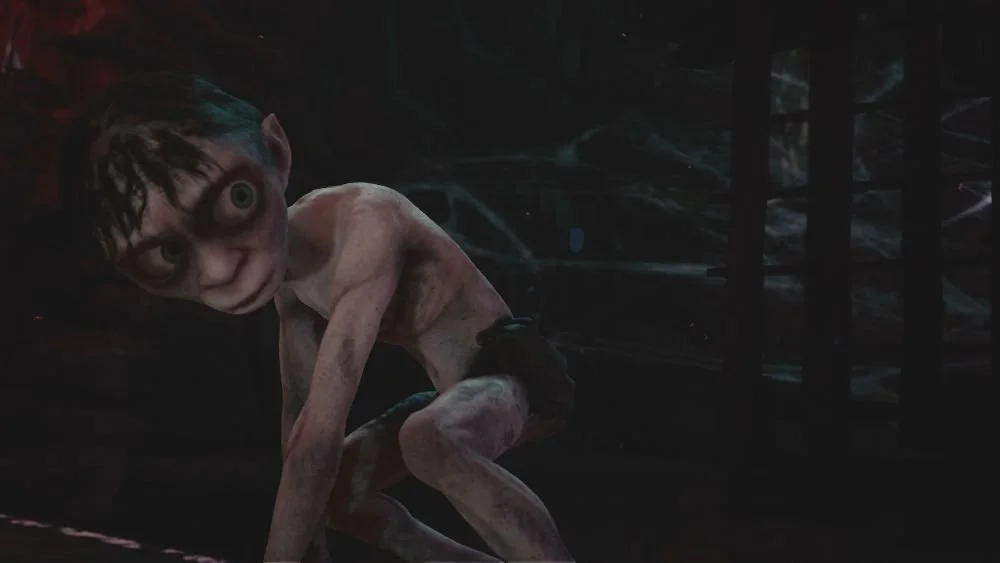
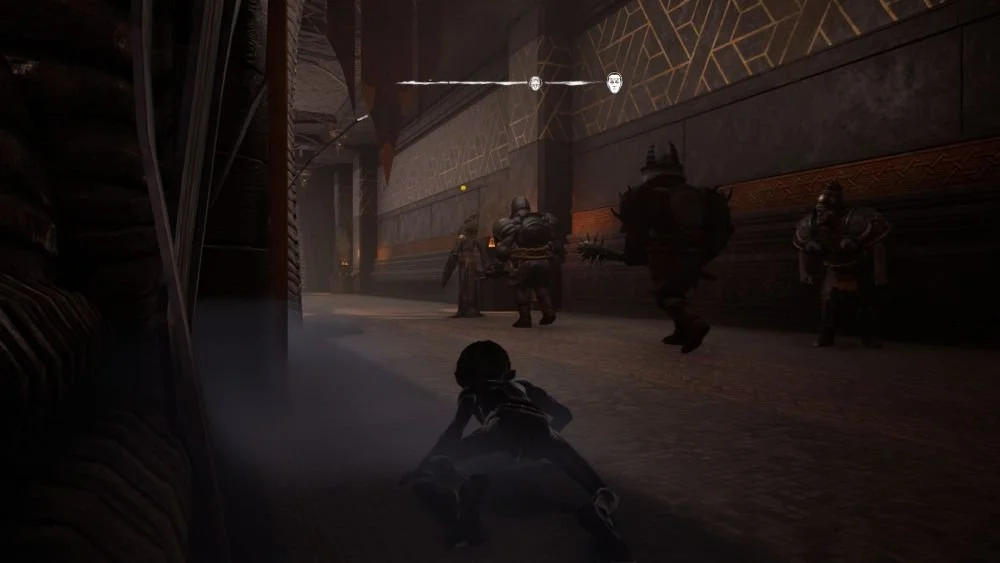


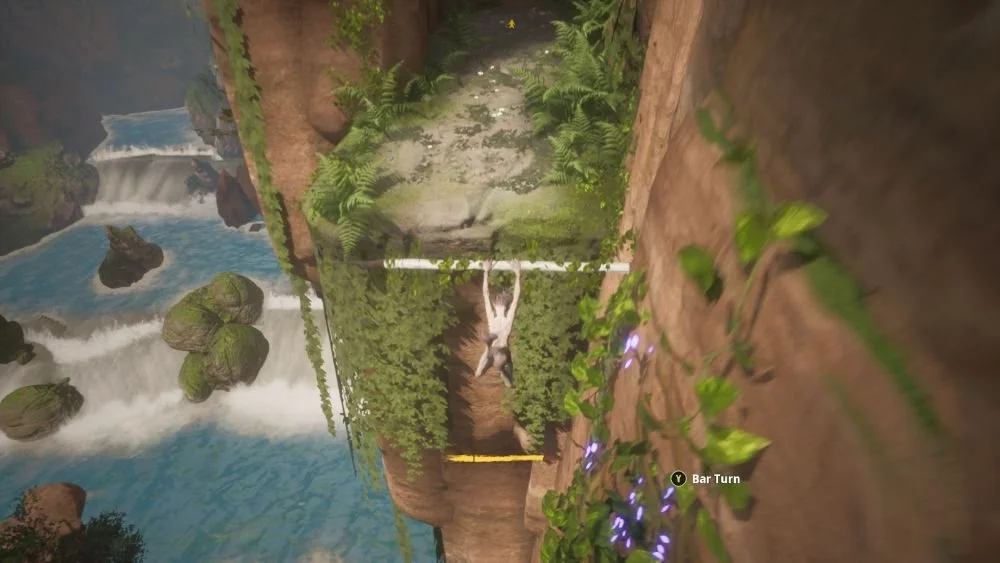
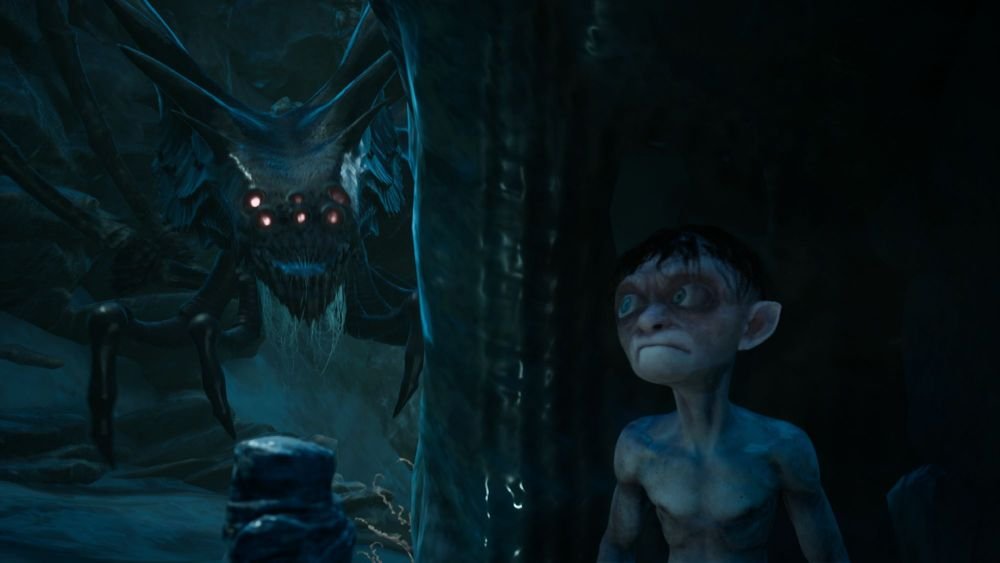


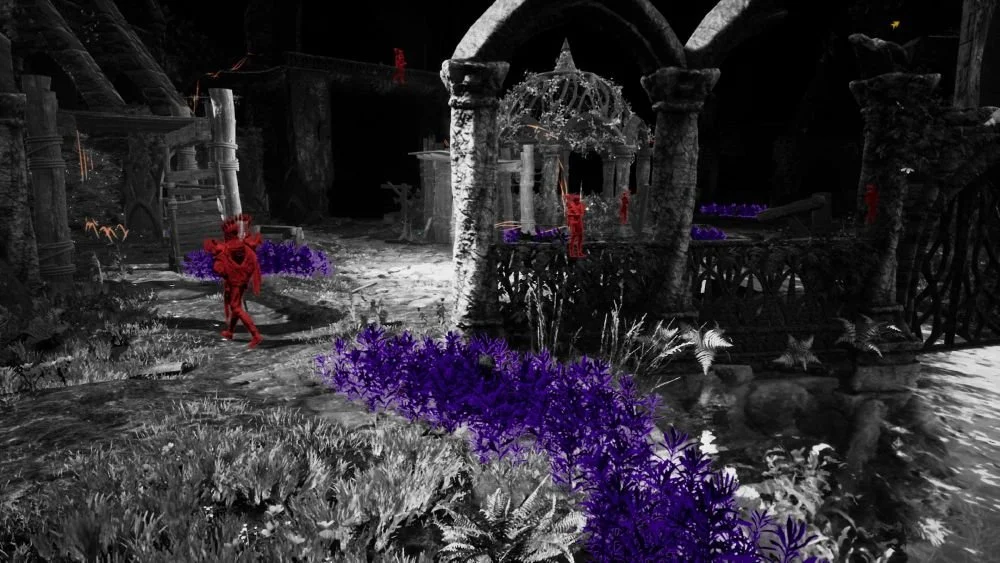





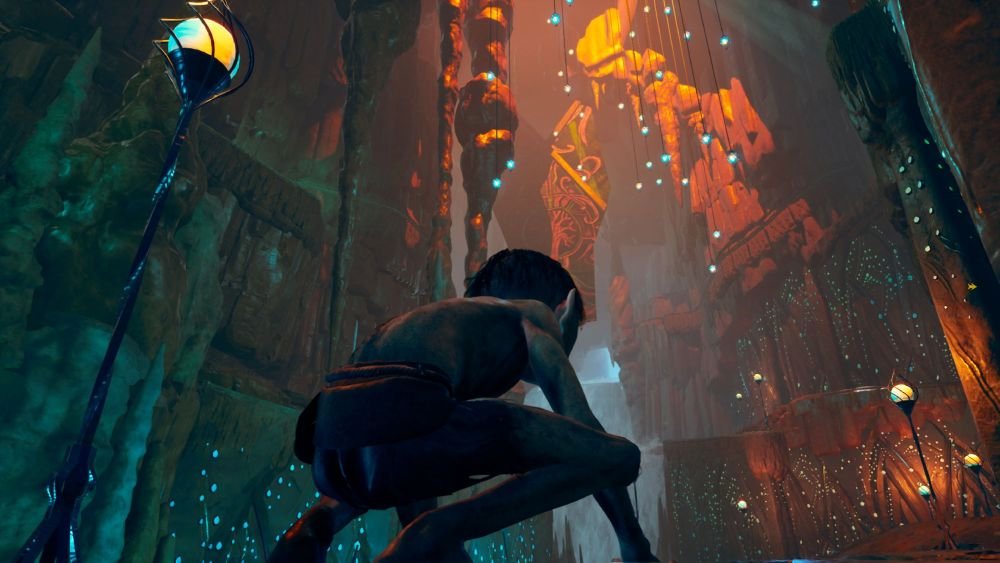




Jeff is the original founder of Analog Stick Gaming. His favorite games include The Witcher III, the Mass Effect Trilogy, Hi-Fi Rush, Stellar Blade, Hellbade: Senua’s Sacrifice, and the Legend of Heroes series, especially Trails of Cold Steel III & IV.